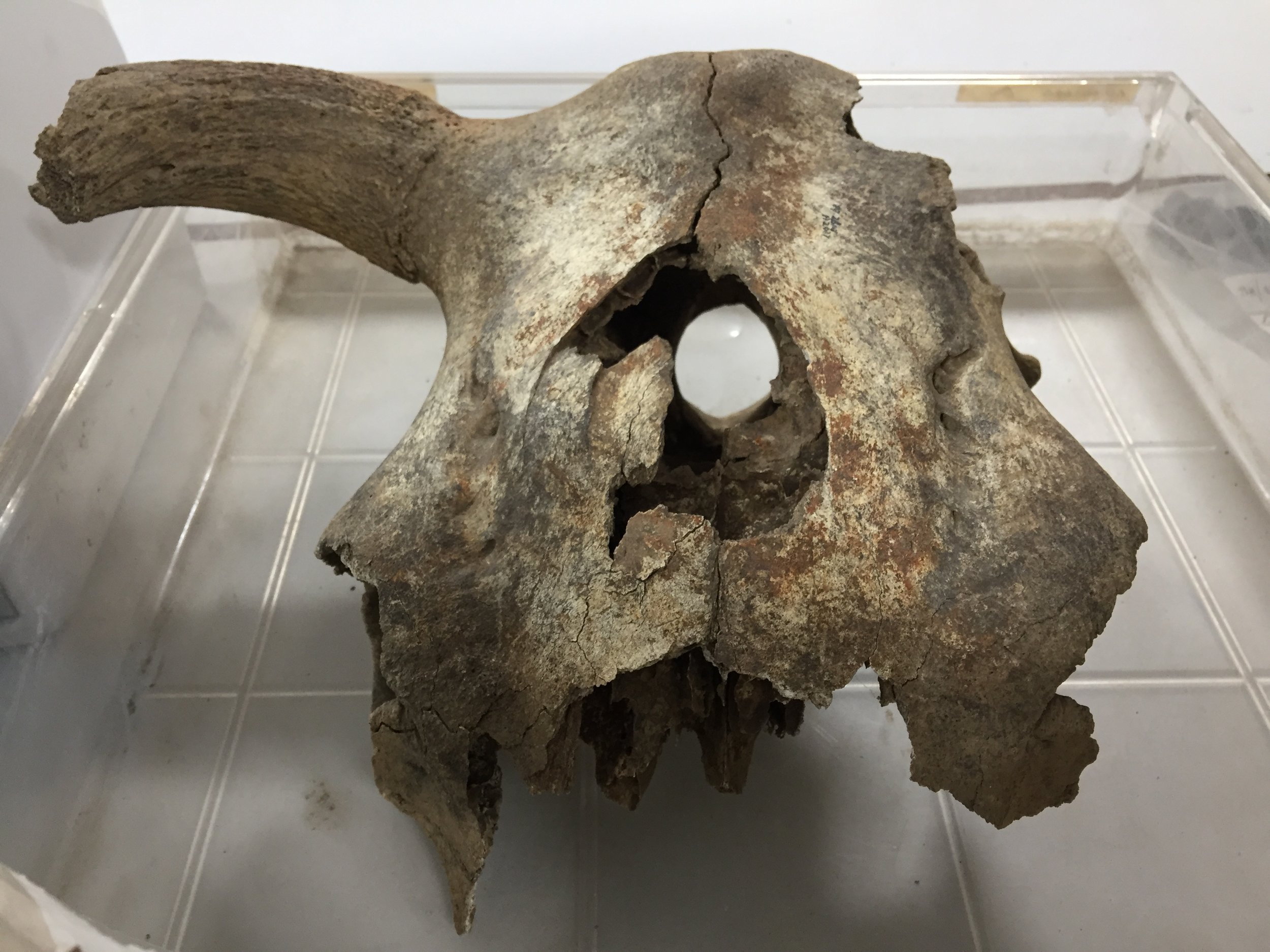Holidays and Feasting in the Archaeological Record - Ep 17
On this ‘holiday special’, Alex and Simona once again push their endurance to the limit by talking about food before dinner-time. Tune in to learn more about feasting in the archaeological record, and why it is not all that different from present day feasting. To demonstrate this, our hosts describe some of their favourite holiday feasts (in addition to some listeners’ suggestions) and the reasoning behind them.
Ps. Happy birthday APN 🙂
Links and Sources
Hastorf C.A. (2008) Food and feasting, social and political aspects. In: Pearsall D.M. (ed) Encyclopedia of Archaeology. London: Elsevier Inc.
Nelson S.M. (2003) Feasting the Ancestors in Early China. In: Bray T.L. (eds) The Archaeology and Politics of Food and Feasting in Early States and Empires. Springer, Boston, MA
The Creation of Monuments: Neolithic Causewayed Enclosures in the British Isles
Prehistoric Britons rack up food miles for feasts near Stonehenge, study shows
Early Pint Evidence of First British Bear Found in Cambridgeshire
Maisels, C. (2010) The Archaeology of Politics and Power: Where, When and Why the First States Formed. Oxford, Oxbow books
Russell, N. (2012) Social Zooarchaeology. Cambridge University Press.
Elliot, P. (2016) Food and Farming in Prehistoric Britain. Fonthill Media















